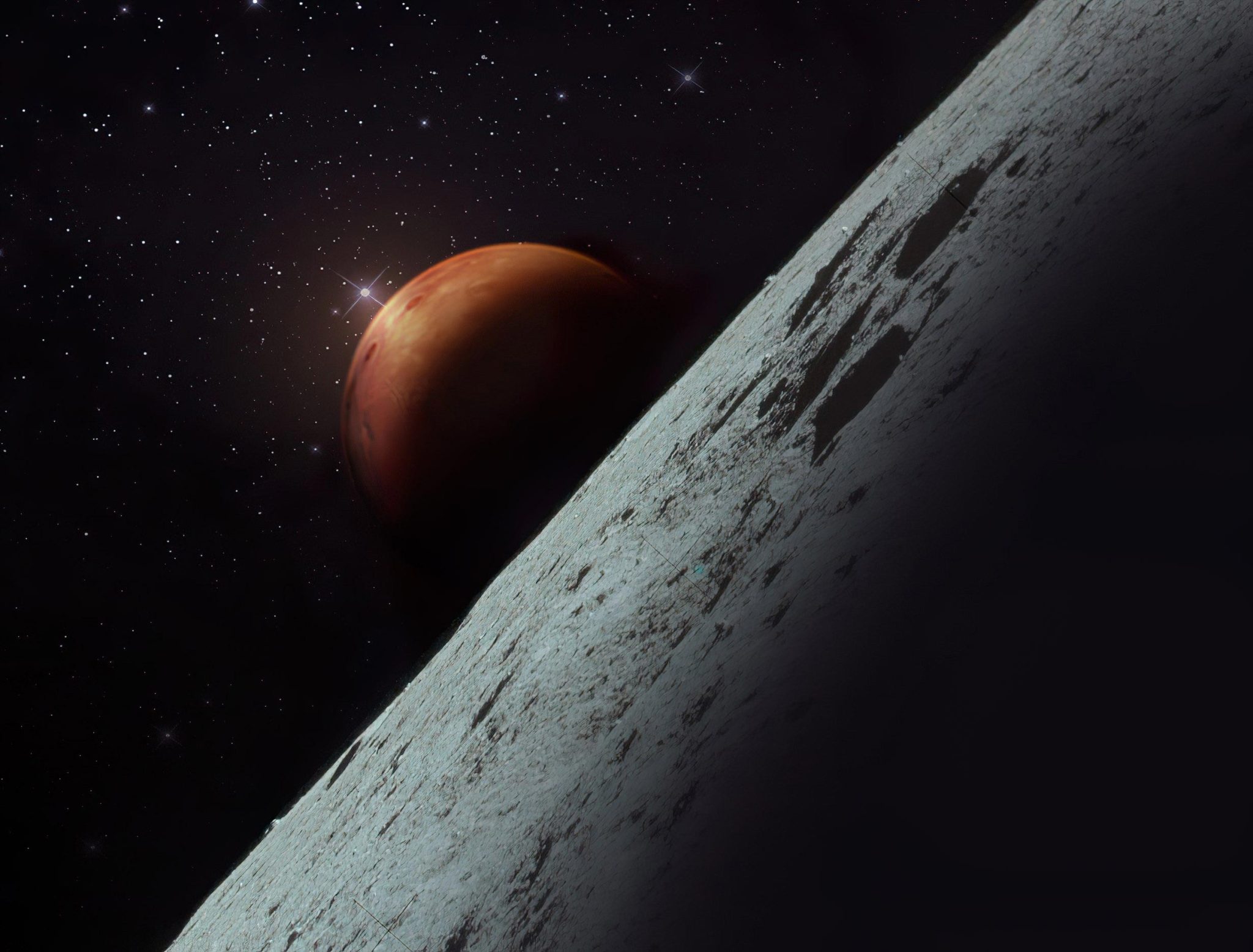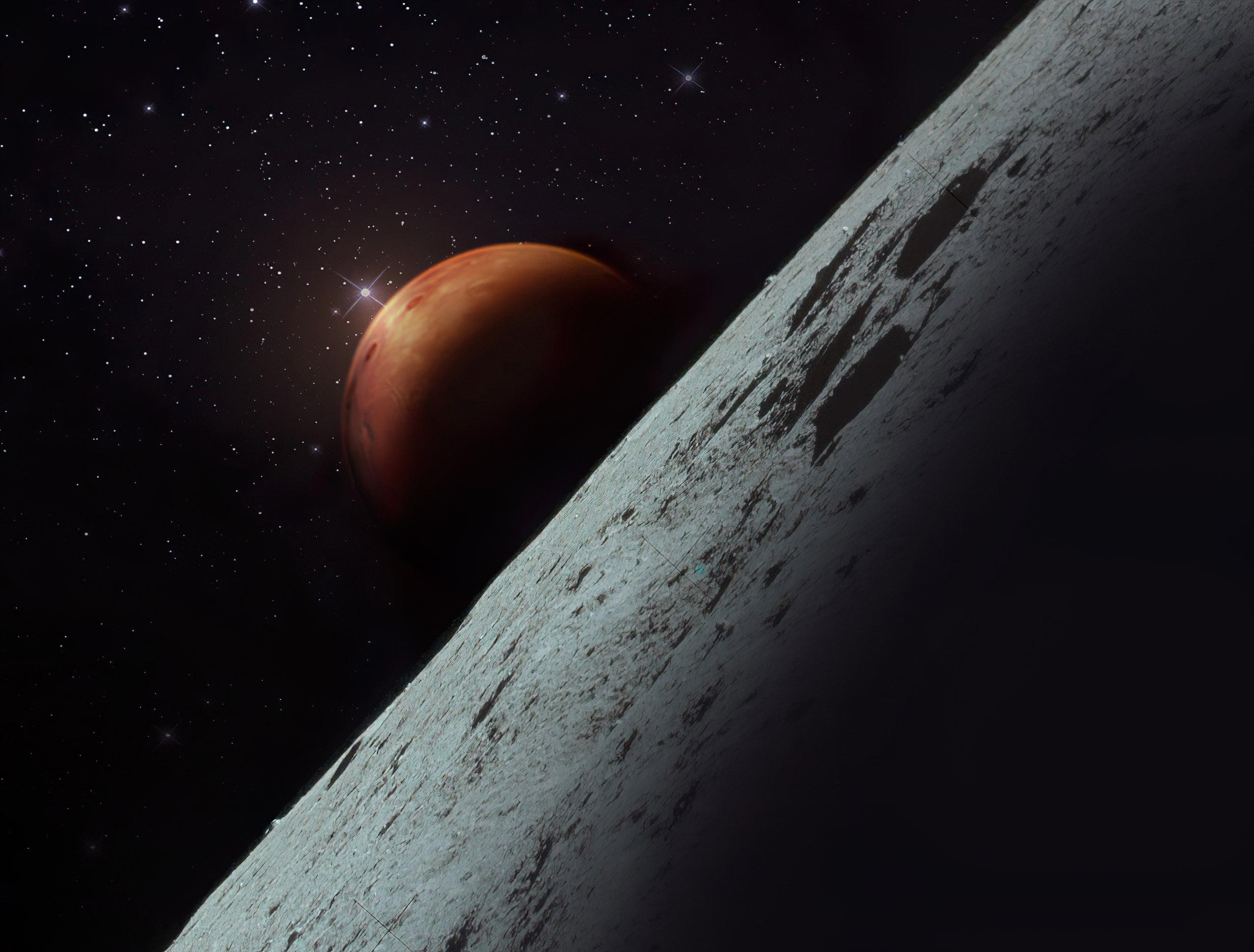
NASA zakończyła swój pierwszy przegląd koncepcji architektury, proces mający na celu dostosowanie strategii eksploracji Księżyca do Marsa i zdefiniowanie architektury wspierającej. Analiza obejmowała opracowanie dokumentu definiującego architekturę i sześć pomocniczych białych ksiąg, dotyczących tematów związanych z architekturą eksploracyjną. Podejście ukierunkowane na cel zapewni długoterminową eksplorację Księżyca i Marsa. Źródło: NASA
Mars exploration strategy, which includes yearly updates to incorporate new technologies and objectives. The agency aims to establish a long-term human presence on the Moon and explore Mars under the Artemis program.
As NASA builds a blueprint for human exploration throughout the solar system for the benefit of humanity, the agency released Tuesday the outcomes from its first Architecture Concept Review, a robust analysis process designed to align NASA’s Moon to Mars exploration strategy and codify the supporting architecture.
“Our first Architecture Concept Review is a milestone that will help our Moon to Mars strategy unfold through the objectives in missions both near and long term,” said NASA Deputy Administrator Pam Melroy. “We’re aligned with partners toward a future of expanded economic opportunity, scientific discovery, and greater activity on and around the Moon, and with limitless possibilities deeper in the solar system.”
NASA’s Architecture Definition Document written for highly technical audiences, and an associated executive summary, provide a deep dive into NASA’s Moon to Mars architecture approach and development process. Six supporting white papers also released address frequently discussed exploration architecture topics.
“NASA now has a goal-based foundation upon which to build our current and future exploration plans,” said Cathy Koerner, deputy associate administrator for the Exploration Systems Development Mission Directorate at NASA Headquarters in Washington. “Our approach is designed to ensure exploration of the Moon and Mars has staying power.”
NASA’s process answers a call from Vice President Harris, as Chair of the National Space Council, to develop a plan for an initial lunar surface architecture which includes commercial and international partnerships. The agency’s Moon to Mars architecture represents the hardware and operations needed for human missions to the Moon and Mars, and how they function together as system. The architecture is not a mission, a manifest, or a set of requirements, but defines the elements—rockets, spacecraft, rovers, spacesuits, communications relays, and more—that will be incrementally developed and delivered to the Moon and Mars for long-term, human-led scientific discovery in deep space.
NASA released its revised Moon to Mars Objectives in 2022 as guideposts in the agency’s Moon to Mars exploration approach to help space NASA investments, as well as those of the agency’s industry and international space agency partners, toward the Moon and beyond. They cover four broad areas: science; transportation and habitation; lunar and Martian infrastructure; and operations. The objectives were informed by input from U.S. industry, international space agencies, NASA’s workforce, and others.
The agency began developing its Architecture Definition Document in late 2022 as a detailed look at how current objectives are distilled into specific architecture elements. The agency plans yearly Architecture Concept Reviews to incorporate new technological capabilities and evolving objectives.
Under Artemis, NASA has set a vision to explore more of the Moon than ever before. With the crew for Artemis II recently named, the agency plans to return humans to the Moon and establish a cadence of missions starting at the lunar South Pole region. These missions set up a long-term presence to inform future exploration of Mars and other potential destinations in the solar system.

„Całkowity miłośnik kawy. Miłośnik podróży. Muzyczny ninja. Bekonowy kujon. Beeraholik.”







More Stories
Prognoza cukrzycy w Australii w 2024 r. | Wiadomości o Mirażu
„Gorąca sauna żabia” pomaga australijskim gatunkom w walce ze śmiercionośnym grzybem
Model sztucznej inteligencji poprawia reakcję pacjentów na leczenie raka